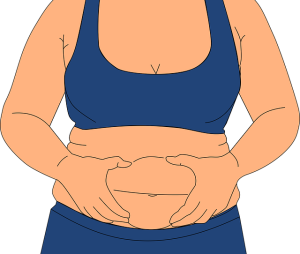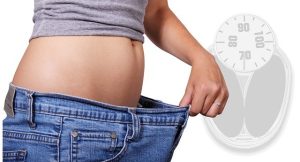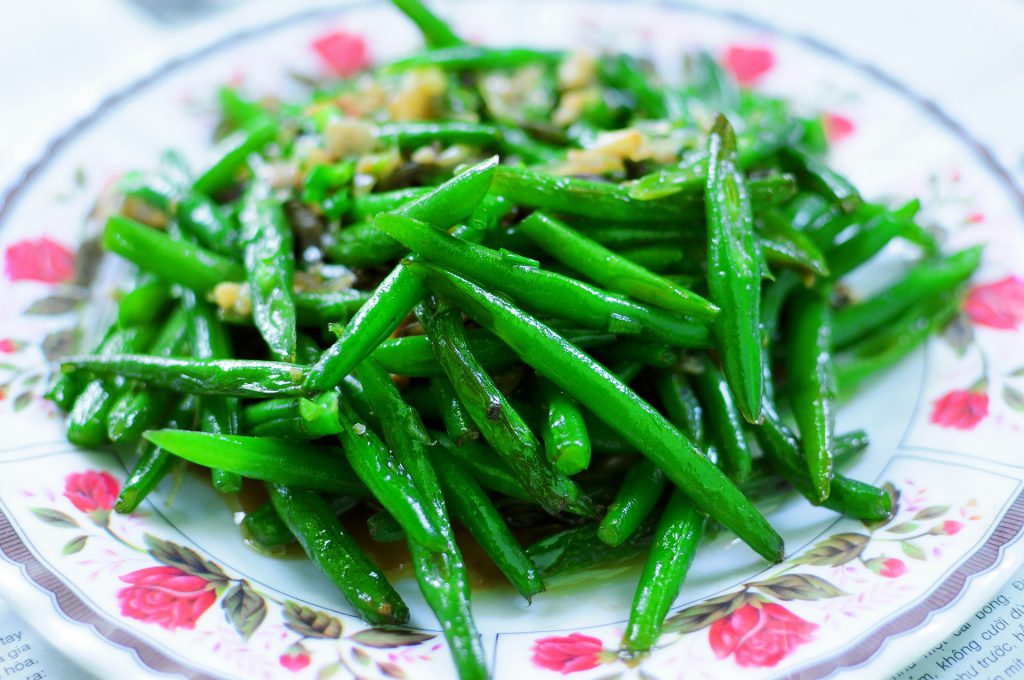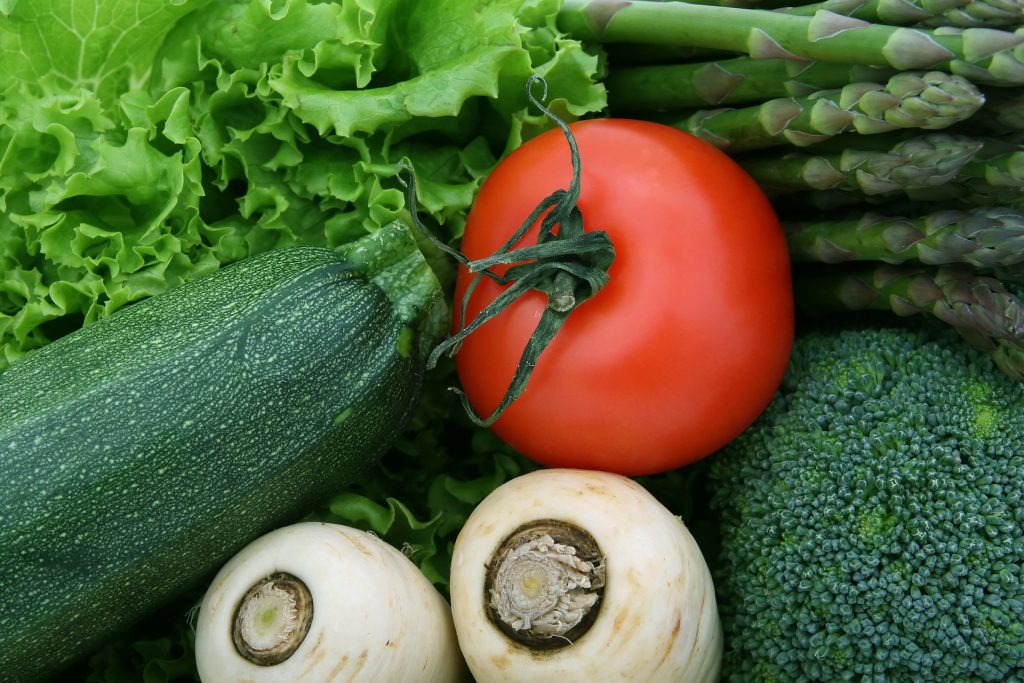Weight Loss

 If you’re struggling with your weight, you can begin by setting realistic weight loss goals. Losing one to two pounds per week will require burning between 500 and 1,000 extra calories a day or else reducing your caloric intake by that much. To achieve this goal, you’ll need to cut back on the amount of food you consume and also incorporate regular physical activity into your daily routine. Losing more than that amount of weight a week may be unhealthy and even impossible (depending on your starting weight). It’s best to set realistic goals and start small, preferably not more than five pounds per week.
If you’re struggling with your weight, you can begin by setting realistic weight loss goals. Losing one to two pounds per week will require burning between 500 and 1,000 extra calories a day or else reducing your caloric intake by that much. To achieve this goal, you’ll need to cut back on the amount of food you consume and also incorporate regular physical activity into your daily routine. Losing more than that amount of weight a week may be unhealthy and even impossible (depending on your starting weight). It’s best to set realistic goals and start small, preferably not more than five pounds per week.
Juicing
Juicing is one method of losing weight quickly and may also be called a “detox”, depending on the ingredients and food in the juicing system you use. Fruit juice is high in sugar, so if you are a diabetic or otherwise in need of monitoring your sugar intake you should be cautious of trying a juice fast with fruit juices. Anyone just starting out with fasting should always speak with their doctor first. Apart from these, the benefits of juicing can be great for your health. Juices made directly from fruits and veggies may not contain a lot of fiber, depending on how you prepare them, as the fiber is often left behind in the juicing process but they’re also delicious! Fresh juices can also be loaded with red, orange, and purple vegetables to give you a wide range of nutrients and ginger and lemon will often help disguise any bitterness from purely vegetable juices. Try a seven-day juice plan for delicious recipes. The juice plan will also help you add more fruits and vegetables to your diet. It’s easy to do, and you’ll feel great! Using juice plus a diet, including only certain foods, can make you feel really good.
Several popular juice recipes are designed to aid in weight loss and detoxification. Make sure you use organic fruits and vegetables whenever possible. Usually, juice cleanses contain two servings per day. Juice is good for your body, but too much of it may have unpleasant side effects, such as digestive problems.
There are many different types of juice fasts. Some diets call for fruit juices while others used less sugary vegetable juices. You can always come up with your own unique combination of fruit and vegetable juice diet recipes.
Juice Recipes
Some sample juice recipes are below. Use the following fruits and vegetables washed with filtered or distilled water, then cut and put in your juicer:
Vegetable Juice Combo
1/2 beetroot
3 carrots
2 Swiss chard leaves
2 or 3 sprigs of watercress
1 celery stalk
Carrot-Apple Juice
1 carrot
2-3 Green Apples
Fresh basil leaves
Carrot-Vegetable Juice
4 carrots
Fresh mint, basil or coriander leaves
A handful of dandelion leaves
1 kale leaf
Peach Juice
Simplest of all
2 or 3 peaches
Benefits of Juice Plus Diet Combos
The benefits of juicing are numerous. Whether you want to lose weight, detoxify your system, or simply improve your skin and hair, a juice cleanse is a great way to do it. It is packed with healthy nutrients and is low in processed sugar. Juice cleanses can improve your diet, help you lose weight naturally, and make you feel better and lighter. You can also see improvements in your teeth and skin.
Commercial Juicing Packages
It can be expensive to buy lots of fruit and vegetables to create your own juicing recipes: it also means acquiring a juicing machine and the time required to clean this out each time. For some people, buying a commercial juicing package makes a lot of sense both financially and time wise.
Some juicing programs provide sachets of product to be mixed with water and used as meal substitutes, for some or all meals for a restricted time, rather than recommending fruits and veg to use to create your own juices. Others provide supplements to be taken alongside recommended food options, where you prepare meals based on a specific plan. Some of these meals may be entirely plant based, others include meat or other protein components.
Some juicing programs can be used longer term, where they are used alongside a full nutritionally balanced meal once a day. These programs help keep hunger at bay for breakfast and lunch, allowing a full meal at dinner time.
Dietary Choices
You can add dietary choices to your juicing recipes, such as raw vegetables. There are many options available.
When starting a juice cleanse, choose a program that’s right for you. Try a 5-day or seven-day program if you’re new to the idea. It will be beneficial if you incorporate a variety of whole foods into your diet. Ensure that you consume a lot of fruits and vegetables every day, and that you don’t miss out on important nutrients.
Avoid consuming juices made solely of fruit. Juices made of mainly fruit contain sugar and calories and can lead to weight gain. Choose juices made from vegetables and greens instead. Green juices are bitter, so lemon and ginger are good additions. Green juices should not be drunk in large quantities. Fruits contain higher calories and sugar and should be avoided unless you are also on a strict caloric diet.
Long Term Weight Loss Strategy
It’s important to understand that juicing is not normally a sustainable long-term weight loss strategy because you cannot keep it up for long periods of time, both because it is unhealthy to lose weight at too great a rate and also because it provides a very restricted level of nutrients. And even if you lose the desired amount of weight, most people who lose weight with juicing gain it back within a very short time because they return to their previous dietary choices. So you need a strategy to move onto a weight loss diet that you can stick to after coming off the juice cleanse or detox.
Additionally, juicing is not a healthy long term lifestyle choice, and if done improperly can lead to unhealthy eating habits. Juice cleansing is also not a long-term solution for weight loss. To avoid this problem, try eating a more balanced diet. You can try carrot juice mixed with ginger or other fruits and vegetables. You can even combine carrot juice with a detox beverage.
On the other hand, a juicing program you use for 5 or 7 days, for instance, can give you a good start to a weight loss program and make you feel healthier, with motivation to stick to a healthy weight loss diet.








